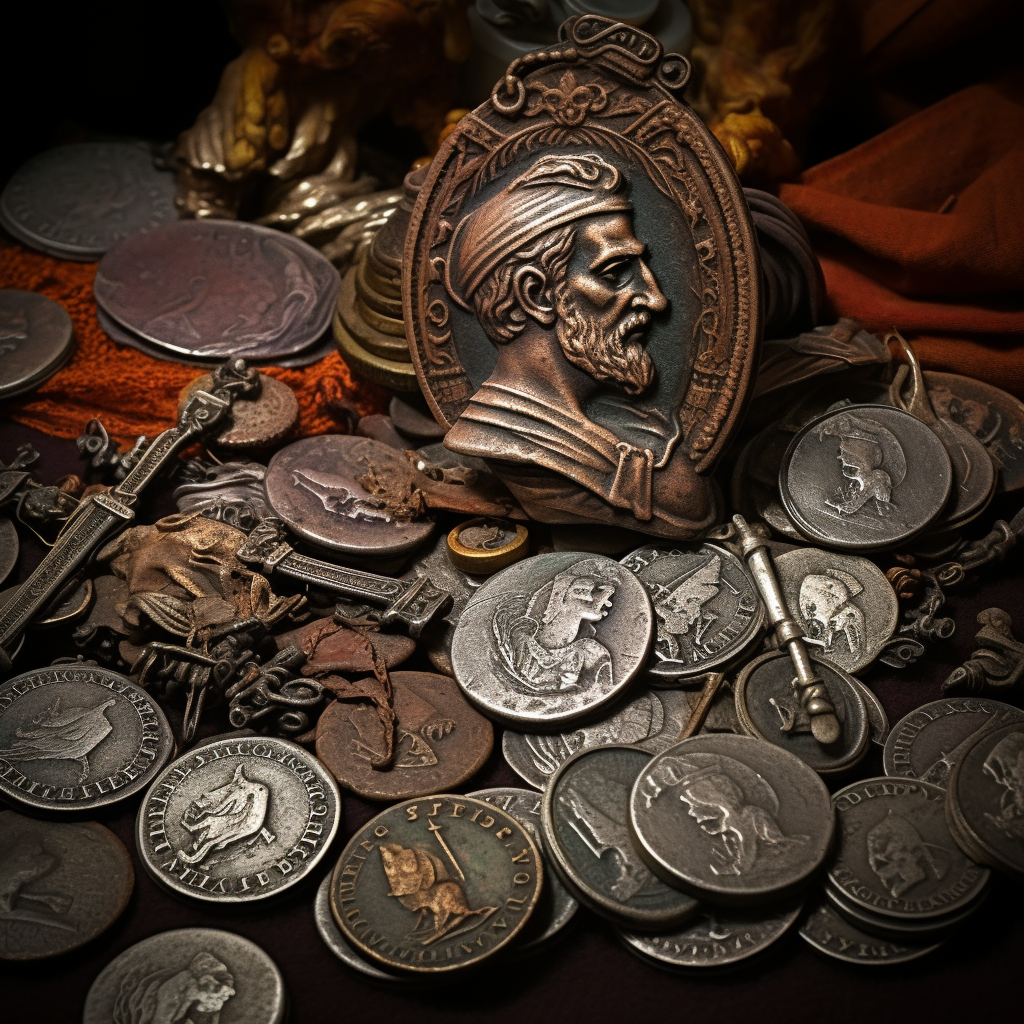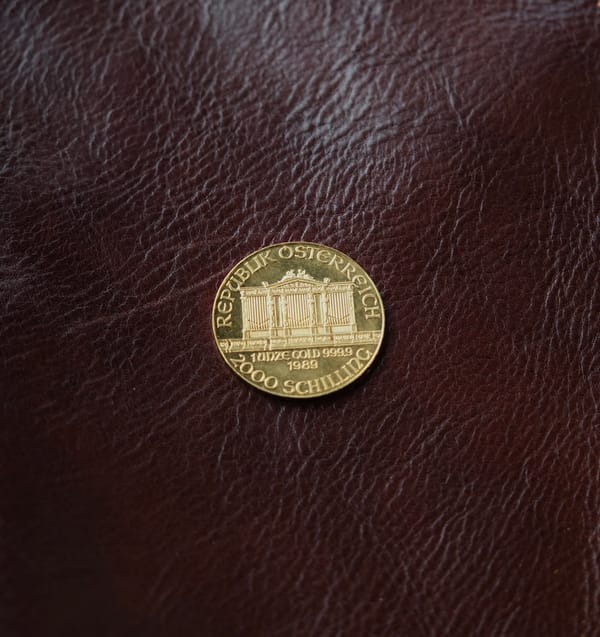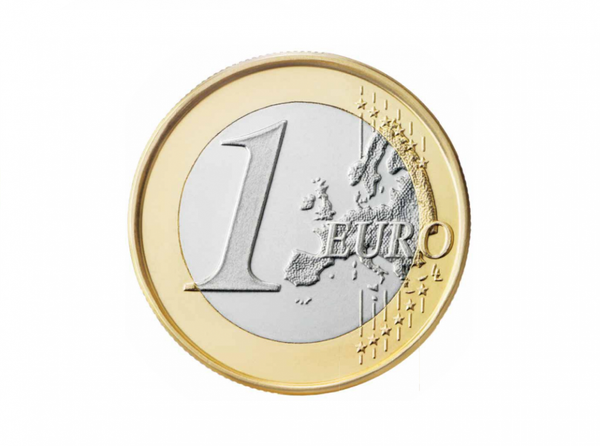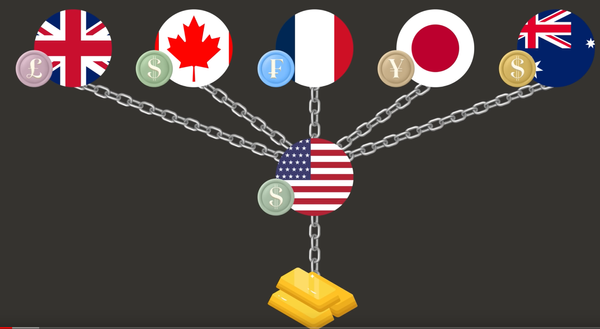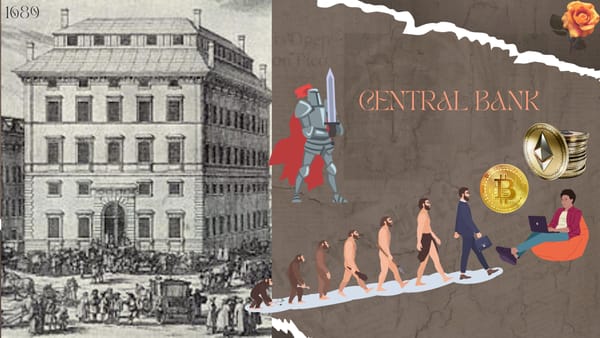You are facing the same economic challenges as a citizen of mighty Athens in 431 BC, or a Roman in 211 BC. What's happening in 2023 and fiat inflation is nothing new under the sun.
In the first newsletter post, I wrote about how the citizens of Athens were forced to face the consequences of devaluing Drachma. Now, we traverse the Linked List of mighty European empires to an element holding the financial learnings from the downfall of Rome.
The Denarius starts as a respected currency, a symbol of reliability and strength within the vast expanse of the Roman Republic. It is pure, trusted, and holds the promise of value, earning a distinguished place in transactions across the empire, from the bustling markets of Rome to the distant provinces. Rome's embrace of the Denarius marks an epoch of relative economic stability. The Roman citizens trust the inherent value of their currency, and the Denarius weaves itself into the fabric of Roman commerce, driving trades and settlements throughout the known world.
In the early days of the Denarius, Rome faced a unique economic challenge: the limited supply of precious metals, particularly silver. The finite nature of these resources meant that there was a ceiling on the number of Denarii that could be minted and circulated. This created a bottleneck for economic activity across the empire. The scarcity of Denarii was not just a hurdle for everyday transactions; it also put the Roman leadership in a bind. Emperors found themselves financially handcuffed, unable to fund their ambitious endeavors—be it wars, architectural marvels like amphitheaters, or public entertainments like colosseums and circuses —due to the insufficient circulation of currency.
Combined with the intricate challenges of governance, prolonged warfare like the Roman-Iranian wars between 54 BC – 628 AD (681 years), Roman-Germanic wars which lasted over 400 years and the overall costs of maintaining a sprawling empire, the rulers arrive at a complex but fateful decision. Slowly, almost imperceptibly, they begin to alter the composition of the once-pure silver Denarius with copper with the goal, as central banks say 1500 years later, to pump new money into the economy.

The Denarius, once 90-95% pure during Caesar Augustus's time, plummets to as low as 30% by the 3rd century AD. This drastic debasement led to rampant inflation, eroding Denarius's purchasing power and causing prices everywhere to soar. The Roman populace lost faith in the currency, and the once-thriving Roman economy began to falter.
Data from Walker, D.R. (1976-78), The Metrology of the Roman Silver Coinage. Parts I to III.
The devaluation affects every Roman citizen, with the debased Denarius sparking inflation and economic instability across the realms. Subsequently, as the Roman Empire starts losing its purchasing power, the Roman authorities impose additional taxes on their citizens.
Both Athens and Rome could be described as the crown jewels of ancient European civilization, each offering its unique contributions to politics, culture, and economics. But their experiences raise a pressing question for our own modern and technologically advanced era:
Is it possible to have a vibrant, growing economy without resorting to currency debasement or inflation?


